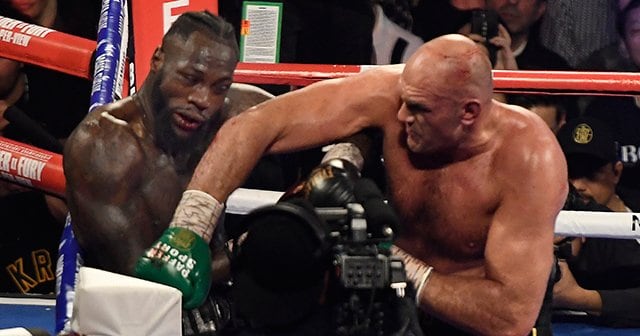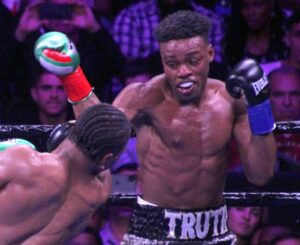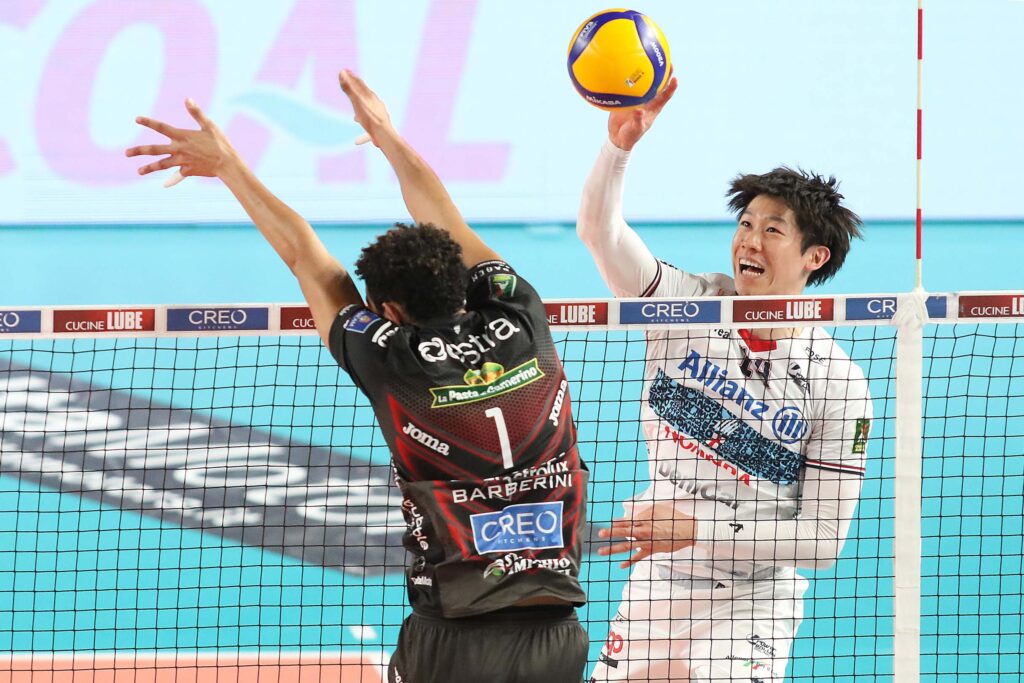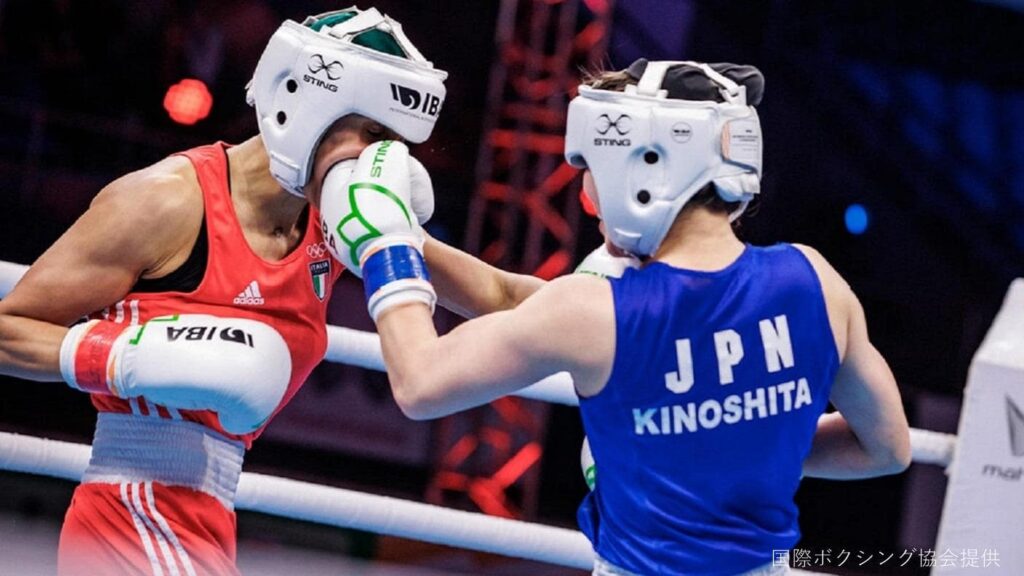
“Reach” in boxing is one of the important factors that has a major impact on the performance of an athlete.
Reach refers to the distance from a player’s shoulder to their fist; the longer this number is, the easier it is to land a punch on an opponent, and the easier it is for you to avoid an opponent’s attack.
However, one of the problems many boxing enthusiasts and new fighters face is not knowing how to accurately measure reach.
Knowing how to measure reach correctly is extremely important when developing your own strategy.
This article details how reach is measured in boxing and how it affects a match.
Gain an advantage in the ring by knowing your reach and applying it to your tactics.
目次
What is reach in boxing?
In boxing, “reach” refers to the distance from one shoulder of a fighter to the other, specifically the distance from the tip of the fist to the opposite shoulder.
This indicates the maximum range a fighter can reach an opponent and is one measure of the effectiveness of direct punch exchanges.
Reach is not just arm length, but also includes shoulder width, so there can be large differences in reach even for players of the same height.
Definition of reach and its importance in boxing
Reach plays a very important role in determining a fighter’s tactics and strategy in boxing.
A player with a long reach can land punches while maintaining distance, making it easier to avoid attacks from the opponent and deliver effective strikes.
On the other hand, players with a short reach are required to use tactics to close the distance with their opponent.
Reach length also influences what fighting style a fighter employs.
For example, a fighter with a long reach is said to be better suited to fight as an outboxer, and a fighter with a shorter reach is said to be better suited as an infighter.
How reach affects tactics
Reach affects boxing tactics in the following ways:
- Distance control: A player with a long reach can attack from a greater distance than his opponent. This allows you to strike from outside the opponent’s attack range, making you less susceptible to the opponent’s attacks.
- Enhanced defense: Players with long reach can detect and avoid opponent attacks faster. By keeping your distance, you can strengthen your defense and increase your chances of counter-attacking.
- Offensive Strategy: Players with short reach need to move aggressively to close the distance with their opponents. This requires tactics that use bodywork and head movement to negate the opponent’s reach advantage.
By understanding reach length and choosing tactics accordingly, boxers can maximize their performance in the ring.
Reach is a key factor for players to adjust their style and secure advantageous positions against their opponents.

How to accurately measure your reach
Measuring your reach accurately is very important when formulating your boxing tactics.
Below is a guide to how to measure reach, the tools you need, a step-by-step process, and common mistakes when measuring and how to avoid them.
Necessary tools and preparations
- Measuring tool: flexible measuring tape. Cloth ones are best.
- Assistant: When taking measurements, it is helpful to have another assistant to ensure accurate readings.
- Recording equipment: Paper and pen or digital device for recording measurement results.
Step-by-step process of measurement
- Check your standing position: Stand with your back to the wall and stand naturally with your feet shoulder-width apart.
- Arm position: Extend your arms horizontally and hold them at right angles from your shoulders. Keep your palms facing down.
- Start measuring: Have your assistant align the zero point of the measuring tape with the tip of one middle finger, and stretch the measuring tape horizontally to the tip of the other middle finger.
- Reading the number: While keeping the measuring tape tightly stretched, read the measurement at the tip of the other middle finger. If possible, record the numbers.
Common mistakes and how to avoid them when measuring
- Mistake 1: Not fully extending your arms
- How to avoid it: Keep your arms completely horizontal and perpendicular to your shoulders. If your arm is bent, you won’t be able to measure your reach accurately.
- Mistake 2: The measuring tape is slack.
- How to avoid it: Make sure the measuring tape is taut. If there is slack, the measurement results may take a long time.
- Mistake 3: Inaccurate start or end point
- How to avoid it: It is important to accurately align the measurement start point with the tip of the middle finger and the end point with the tip of the opposite middle finger. Ask an assistant to help you make sure the measuring tape is in the correct position.
This accurate method of measuring reach allows you to know your reach and use it to plan your training and tactics.
Accurate data is the basis for understanding and improving your own fighting style.

Boxing tactics that take advantage of reach
Reach is an important physical characteristic in boxing, and by understanding their reach and utilizing it in their tactics, fighters can establish an advantage in the ring.
Below, we’ll explore strategies that suit both long-reach and short-reach boxers.
Boxer tactics with long reach
-
Make full use of the jab: Take advantage of your long reach to deliver a jab from a distance farther than your opponent. The jab can be used both defensively and offensively, allowing you to control distance while putting pressure on your opponent.
-
Outboxing: An effective outboxing style is to maintain distance from your opponent and attack with jabs and straight attacks. Use your long reach to deal damage before your opponent attacks and aim for a counter.
-
Use your footwork: Use good footwork to control distance and prevent your opponent from getting too close. Maximize your reach advantage by attacking while moving.
Techniques for effectively using short reaches
-
Infighting: For players with a short reach, it is effective to close the distance with the opponent and fight inside. Effectively deals damage with short-range punches such as body blows.
-
Bodywork: Use a low stance and body movement to move forward while dodging your opponent’s punches. This negates the opponent’s reach advantage and creates an opportunity to attack at close range.
-
Keep the pressure on: Don’t give your opponent time to breathe and constantly put pressure on them to wear them out. Take advantage of your short reach to instantly close the distance and attack with clinch or short range punches.
-
Aggressive approach: For players with a short reach, it is important to be able to defend and attack aggressively. Rather than aiming for a counter, you can make up for the disadvantage of reach by attacking aggressively to seize the initiative.
Regardless of reach, the key to success for boxers is to understand their physical characteristics and develop strategies that suit them.
Making the most of your reach and understanding your opponent’s tactics are critical to building an advantage in the ring.

Reach measurement FAQ
Reach Measurement FAQ: Frequently asked questions and expert answers
Q1: Is there an optimal time to measure reach?
A1: There is no particular best time to measure your reach, but preferably when your body is relaxed and your muscles are in a normal state. For example, measurements are more accurate when the body is warmed up but not fatigued than after a strenuous workout.
Q2: Does clothing affect reach measurement?
A2: We recommend avoiding thick clothing and wearing thin clothing or sleeveless clothing. By minimizing the influence of clothing, you can obtain more accurate measurement results.
Q3: Does reach change depending on age?
A3: Once you reach adulthood, your reach basically doesn’t change. However, for children and young people, their reach can increase during their growing years. It’s a good idea to track growth with regular measurements.
Q4: What is the relationship between reach and punching power?
A4: Reach itself does not directly affect punch power, but a longer reach allows you to punch from a greater distance than your opponent, which gives you an advantage in the timing and angle of your blows. Punching power is determined by multiple factors including technique, strength, speed, and timing.
Important body measurements other than reach
1.Height :
Height, along with reach, is important in determining a fighter’s fighting style and category. Taller people tend to have a longer reach, but this is not always the case.
2. Leg reach:
Leg length also affects movement speed and kick reach (such as in kickboxing and Muay Thai). Athletes with longer legs can approach and move away from their opponents faster.
3.Chest measurement:
Chest circumference is one of the indicators of an athlete’s upper body strength. A stronger upper body contributes to the power of your punches and gives you more control in the clinch.
4. Waist size:
Waist size can be an indicator of an athlete’s conditioning and body fat percentage. A smaller waist is generally associated with higher athletic performance.
5.Weight :
Weight determines the weight class in which an athlete competes. The balance between body weight and body dimensions directly affects power, speed, and endurance.
By understanding these dimensions and applying the characteristics of each to training and tactics, boxers can optimize their performance in the ring.
Each dimension provides insight into how an athlete should compete and train, and is the basis for developing strategies to capitalize on individual strengths and overcome weaknesses.
These body measurements are an important source of information when creating training plans, adjusting tactics, and even analyzing your opponents.
It is important for athletes to continually monitor these dimensions and adjust their strategies to suit their own development.
Also, by understanding the dimensions of your opponent, you can predict his potential and limitations and optimize your own tactics.
Reach and other body measurements are key to maximizing an athlete’s ability and potential, not just in boxing, but in all martial arts.
Deepening your understanding of yourself as an athlete is the first step to success in your sport.





